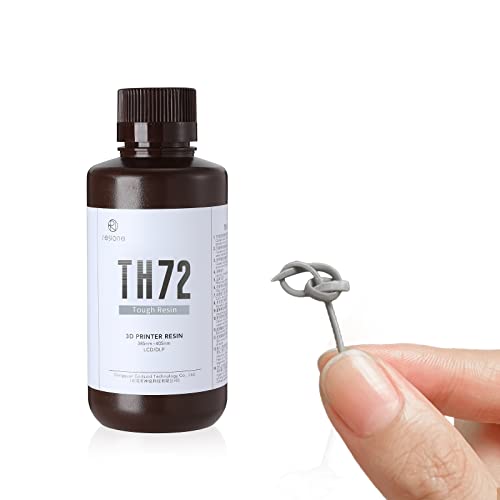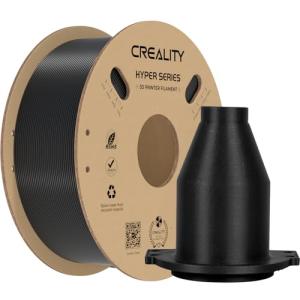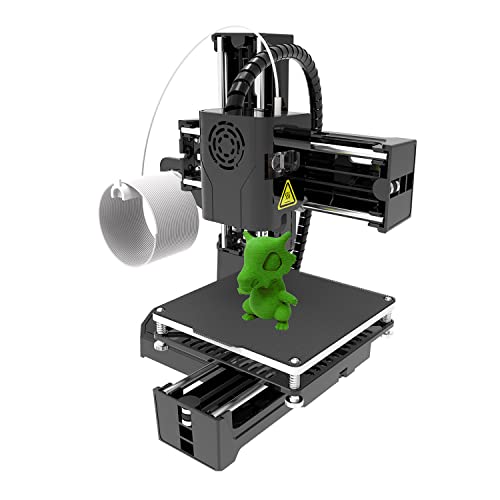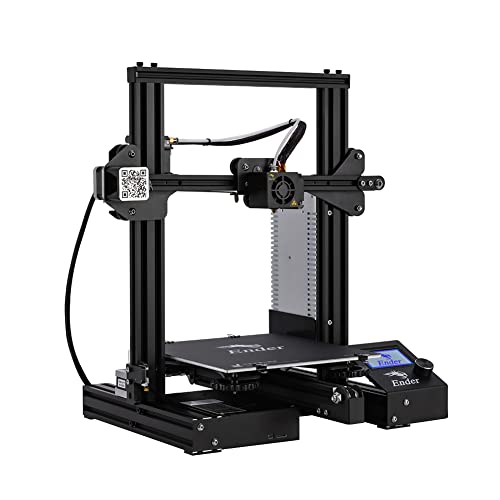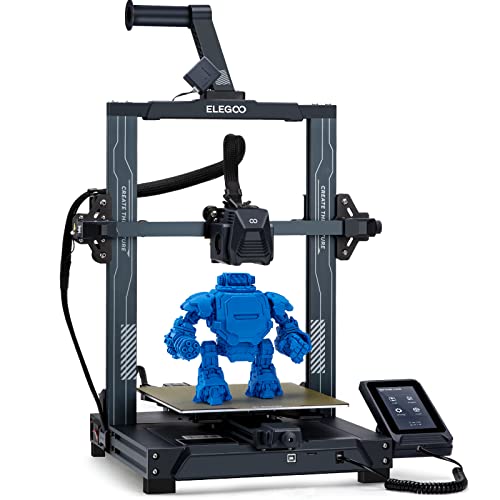If you're diving into the world of 3D printing, you're in for a fun ride! 3D printing techniques can seem a bit overwhelming at first, but breaking them down can make it easy. Let's start with the basics.
The first thing you’ll need is a 3D printer. There are tons of options out there, from budget-friendly machines to fancy, high-end models. If you’re just starting out, look for a user-friendly printer. Something that’s easy to set up and won’t make you want to pull your hair out. Check reviews and see what other beginners loved!
Next up, you’ll need some design software. Don’t worry, you don’t have to be an artist. There are plenty of free tools online that let you create simple designs. Tinkercad is a favorite for beginners. It’s intuitive and has tons of tutorials to help you learn the ropes. With a bit of practice, you’ll be whipping up awesome models in no time.
Once you have your printer and software set up, it’s time to get printing! Start with some pre-made designs while you get the hang of your printer. Websites like Thingiverse are great for finding free models to test your skills. Play around with different settings and materials to see what works best for your printer. Experimenting is one of the best 3D printing techniques to learn!
Don’t shy away from mistakes—they're part of the learning process. Every print that doesn’t come out quite right is a chance to tweak your approach. Take notes on what works and what doesn’t, and you’ll become more confident in your 3D printing journey!
Choosing the Right 3D Printer for You
Choosing the right 3D printer can feel overwhelming, but it doesn’t have to be! First, think about what you want to create. If you're into detailed miniatures or intricate designs, you might want a resin printer. These beauties give you crisp details and smooth finishes. On the other hand, if you're into larger projects like prototypes or fun toys, FDM printers work great and are often easier on the wallet.
Next, consider your skill level. Beginners often love user-friendly printers that come mostly assembled. Look for models with good customer support and online communities. You’ll find plenty of help as you dive into those new 3D printing techniques. If you’re more advanced, you might want a printer that gives you more control, allowing for custom settings and upgrades.
Don’t forget about materials! Some printers only work with specific types of filament or resin. If you want versatility, look for a printer that accepts multiple filament types. This way, you can experiment with colors and textures. Plus, check out the availability and price of supplies! No one wants to run out of filament mid-project.
Finally, set a budget. You can find great 3D printers at various price points. Stick to what you can afford but remember, investing a bit more might get you better quality and features. Think about this: it’s an investment in your creativity and your ability to master those 3D printing techniques!
TH72 Flexible Tough Resin for Impact-Resistant Printing
Experience durable, flexible prints that can handle the toughest challenges
Product information
€25.18
Product Review Score
4.67 out of 5 stars
194 reviewsProduct links
Essential Tips for Perfect 3D Prints
Getting the most out of your 3D printer means understanding a few key tips and tricks. Let’s dive into some essential 3D printing techniques that can help boost your print quality and make your projects turn out just the way you want them.
First up, calibration is your best friend. Make sure your printer is calibrated properly before you start a print. This includes bed leveling and checking the nozzle height. A well-calibrated machine ensures that your first layer sticks well, which is crucial for a successful print. If your first layer isn’t right, your whole print might fail, and nobody wants to deal with that!
Next, pay attention to filament quality. Cheap filament may save you some cash initially, but it can lead to frustrating prints with poor adhesion and weird warping. Stick with trusted brands and check for the right diameter as well as any specific storage recommendations. Good filament will help your prints come out just how you envision them.
Temperature also plays a major role. Different filaments like PLA, ABS, or PETG require different printing temperatures. Keep experimenting within the range suggested by the manufacturer until you find what works best for your printer. If things are coming out too stringy or you’re getting a lot of under-extrusion, tweaking your temperature might be the fix.
Lastly, don’t underestimate the power of proper cooling. Overhangs and bridges can be tricky without good cooling. Make sure your fan is set up correctly. If your printer has adjustable fan speeds, play around with them during different prints to find what gives you the best results. A little bit of airflow can make a big difference!
Creality 1.75mm ABS Filament for High-Speed Printing
Get smooth, consistent prints with this reliable ABS filament that's perfect for all your high-speed projects
Product information
€19.10 €17.14
Product Review Score
4.68 out of 5 stars
29 reviewsProduct links
Common Mistakes and How to Avoid Them
When you're diving into the world of 3D printing, it's easy to make a few common mistakes. One major pitfall is skipping the calibration of your printer. A well-calibrated printer makes a world of difference in the quality of your prints. If your prints aren't sticking to the bed or are missing layers, take a moment to check those settings.
Another mistake? Ignoring the importance of slicer settings. Those little tweaks can lead to huge changes in how your prints turn out. It’s worth taking the time to understand what each setting does. Play around with the speed, layer height, and infill percentages. Experimenting can help you nail down the best setting for your specific project.
Don't forget about material choice, either. Using the wrong filament can lead to jams or poor adhesion. Make sure you choose high-quality filaments that are compatible with your printer. If you want to play it safe, stick with the brands recommended for your device.
Finally, be careful not to get too carried away with complex designs right off the bat. Start with simpler models to build your skills and confidence. Mastering 3D printing techniques takes time, so it’s okay to take baby steps. Each print is a learning experience, so embrace the journey!
